Have you found your eyes glazed over in wonder what precisely the difference is between phono vs line, what untold mysteries reside in the circumference of each of their individual inputs and outputs, and what their innards have to say to the world?
Then you are in the right place, for today we will be attempting to explain as simply as possible the differences between the phono stage of an amplifier and the line stage of an amplifier so that, in the future, we might avoid all this confusion and use the amplifiers as properly and accurately as possible.
Table of Contents
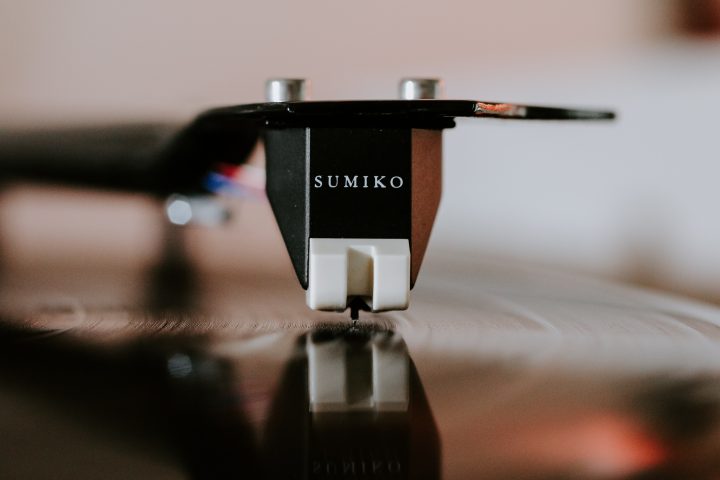
What Is a Phono Input?
The phono input on an amplifier for turntable is for use with a phono signal – i.e. those that tend to be a little weaker.
This distinction was far more useful in the days when turntables did not come with a built in phono preamp and thus required preamplification before being transmitted through the phono output to the amplifier and out through the speakers.
This is of course not to say that the phono stage of a stereo receiver is now irrelevant or useless, for there are plenty of turntables that do not come with their own preamps built into the machine and that exhibit a significantly deteriorated sound quality as a result.
Though phono and line signals are generally carrying the same sound signals, the former will be far quieter than the latter, hence the necessity for the preamplification stage and the distinction between the two in general. The very quiet audio signal is magnified beyond its means via the built in preamp, and then the signals are quickly sent to the amplifier and out through the speakers.
Using the wrong inputs might seem irrelevant in itself but can cause some serious damage in the long run, subjecting speakers to the wrong amplitudes entirely, and wearing away their constitution over time.
What Is a Line Input?
By contrast, the line signal is far stronger and will likely have been preamplified already or will otherwise be ready to be properly amplified.
Any preamplification that the line output will experience will be done on its own terms or via a straight amplification process, where the phono’s flat frequency response will be subjected to a preset EQ curve so that the vinyl can sound how it is supposed to.
So, while phono is largely going to be the domain of turntables and record players (especially those that have not got their own preamp built in), the line inputs and line outputs are going to be more accommodating to other devices.
Anything that can connect to an RCA-style input is able to connect in this way, no matter if it takes an adapter or two to make it work. This can include but is not limited to: CD players, tape machines, phones, laptops, MP3 devices, etc.
If you are using any one of the devices above or have elected to use a turntable with a preamp of its own built in, then you are strongly advised to use the line input instead of the phono, though anyone who has chosen otherwise will soon realize their error, for the phono stage will simply boost the signal to the point of distortion.
This might be all well and good for those who are fond of noisier and more experimental strains of music, but for those who do not want to damage their speakers in the process, this will be most unsatisfactory.
Final Tones
So, there you have it! Hopefully your curiosity regarding the relative differences between the phono vs line stages of an amplifier has been satiated and these differences are as clear and precise as they can be for you.
The rules are made to be broken, though by that token so is the equipment that you use to break them, and expensive amplifiers and speakers are, well, expensive, both to buy and to replace, so be wary in your experiments.
FAQs Phono vs Line
What is phono and line in turntable?
Both the phono input and the line input refer to two separate stages of the amplifier. The former will be of use to those using a (perhaps older) turntable that requires its own external preamp stage to boost the weak audio output. For those using a turntable with a built in preamp or any other audio device that has been preamplified on its own terms, then the line input will be most useful, for it does not seek to amplify the signal any more than it needs to.
Is Bluetooth phono or line?
Technically, Bluetooth is neither because it is not physically connected to either the phono inputs or the line inputs, thus eliding this whole mechanical quandary altogether. If we are to think of the former as analogous with the necessity for a preamp stage and the latter as being analogous with the lack of this necessity, then I suppose we can think of Bluetooth as line switch, for it is its own amplification and thus would not, were it needed, require preamplification via the phono stage. Any turntable setup, however, would be remiss without at least having the option to use one.
What is the phono switch for?
Both the phono input and the line input refer to two separate stages of the amplifier. The former benefits those with a turntable that requires an external preamp to amplify its weak audio output. On the other hand, the line input is suitable for those with a turntable with a built-in preamp or any other pre-amplified audio device, as it does not increase the signal any further than necessary. Thus, the phono switch will be to do with the activation with this preamp stage in the eventuality that it is needed.


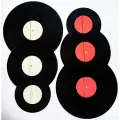
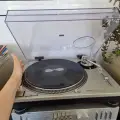
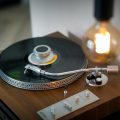
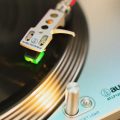
I just purchased a turntable with a built in preamp. And I have connected it to a Sonos five via RCA input. This turn table came with a switch in the pre amp ( line in or phono) I played a record and toggled back and forth with the switch to figure out which was the correct steering ( this was line in ) but the question is. For the one time swing hung back and forth, was there any chance I could damage the speaker?
Hey there Ryan, hope you are doing well.
Speakers are such temperamental things – much like all sound equipment – so your actions could damage the speaker. However, it is more likely that you have done no such thing unless there are symptoms that suggest something to the contrary. You will be able to hear whether the speaker is damaged, so this will be a great opportunity for you to practice your listening faculties. There is advice elsewhere on Notes on Vinyl on how to connect your turntable to Sonos, so next time don’t go it alone! Remember, the key difference between phono and line is that the phono signal is inherently weaker, at least before it has been treated by the preamp.
Hope this has been of help,
Robert.